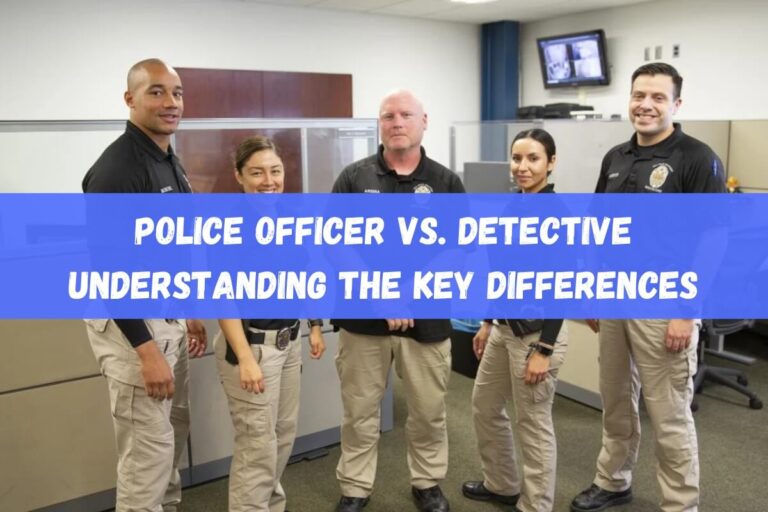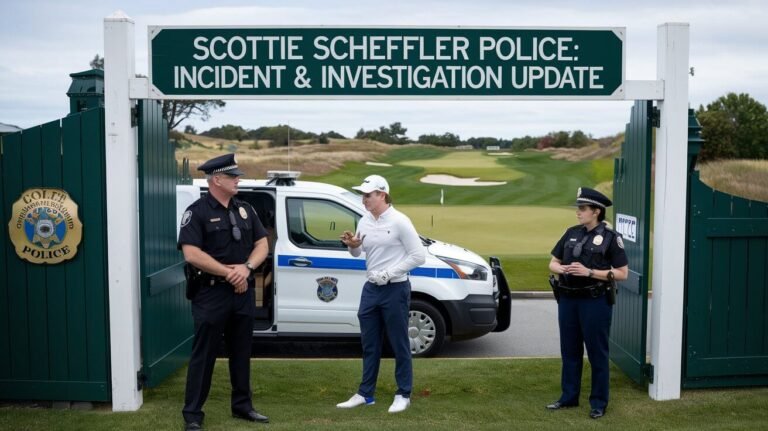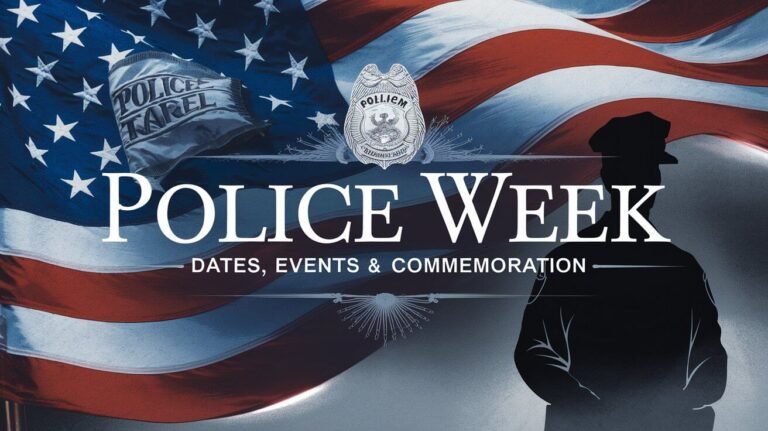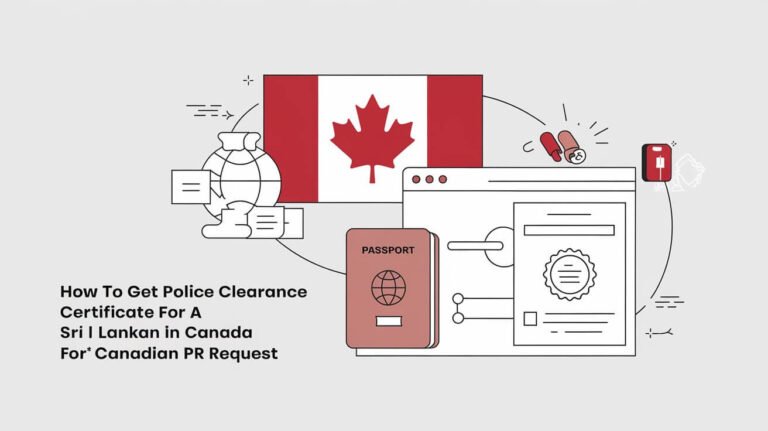How Can We Stop People From Doing Drugs Police Officer?
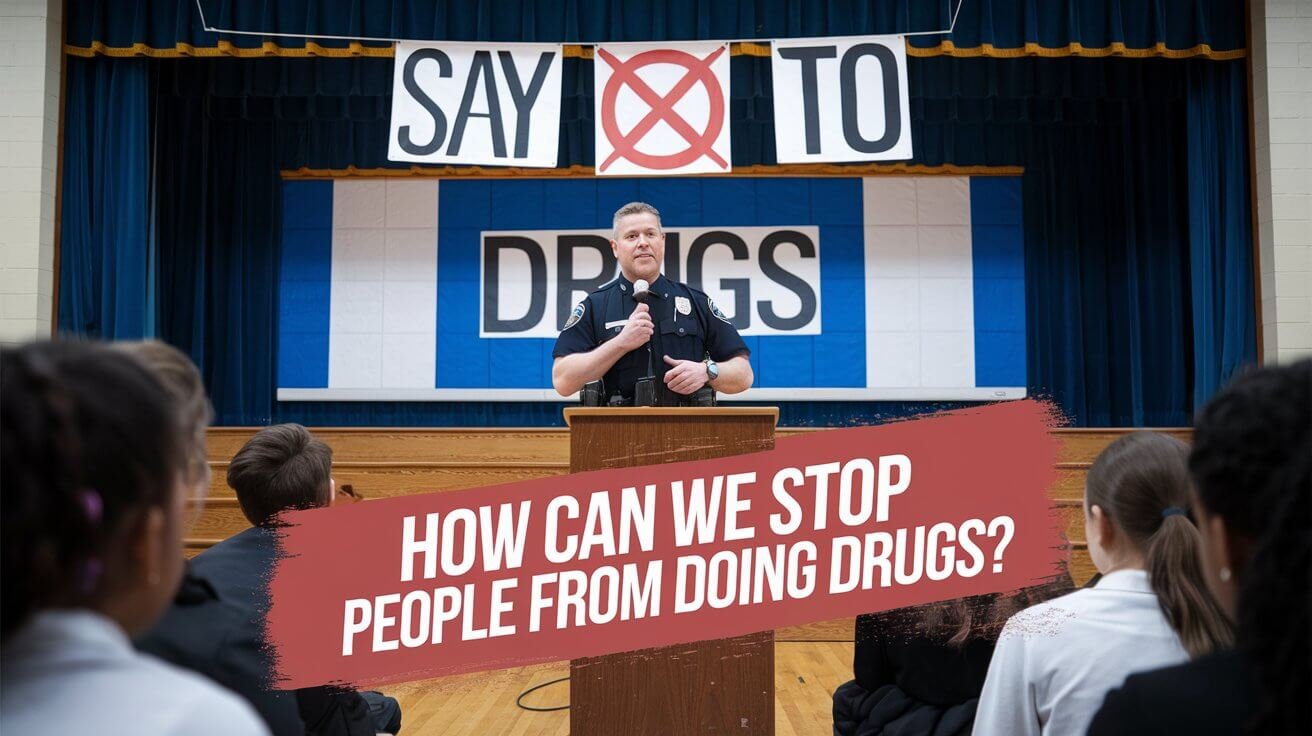
Police officers are key in keeping our communities safe from drug abuse. About 30% of first responders, including police, might be dealing with substance use. This shows we need to act fast to cut down on drug use.
Police officers have many roles, but stopping substance abuse is a big one. They help keep our communities safe and healthy.
Studies reveal that police officers often turn to drugs like alcohol and marijuana due to stress and trauma. This makes it clear we need to offer them help and support. By focusing on drug prevention, police can help keep everyone safe and well.
Current Drug Crisis Statistics and Patterns
The drug crisis in the United States is a major concern. Data shows nearly 108,000 people died from drug overdose in 2022. Most of these deaths, about 76%, were due to opioids.
It is crucial to understand who is most affected.
Demographics
Age, location, and socioeconomic status are important. For example, synthetic opioid overdose deaths rose by 4%. But, heroin-related deaths fell by 36%.
Some places are more at risk than others.
High-Risk Areas
Urban and rural areas with poor healthcare access are vulnerable. Also,
Common Distribution Methods
Online and social media make drugs easier to get. This makes the crisis worse.
To fight the crisis, we must know who is at risk.
Law enforcement and healthcare need to target their efforts. They should focus on prevention and treatment. This is vital for those struggling with substance use disorders.
Early Warning Signs of Drug Activity in Communities
Police officers are key in stopping drug problems early. They look for signs of drug activity to help communities. These signs can be crime increases, odd behavior, and changes in how people act.
Some early signs of drug activity include:
- More break-ins and burglaries
- Drug sales on the streets
- Gang fights and young people in the drug trade
- Crime linked to heroin use
Stopping drug use starts with community effort. Police work with schools, leaders, and locals to build trust. This makes communities safer and healthier.
Spotting signs early and acting fast, we can stop drug problems. This helps create a place where everyone can live safely and learn about staying healthy.
Proven Street-Level Drug Prevention Tactics
Street-level prevention is key to cutting down drug crimes. It uses surveillance, patrol strategies, and gathering intelligence. These methods help stop drug use and sales. Recently, more people are getting arrested for drugs, making it the top arrest reason in the US.
Surveillance Methods
Surveillance is a big part of street-level prevention. It includes watching high-risk spots, tracking dealers, and learning about drug networks. This way, police can find and stop drug trafficking, making fewer drugs available.
Patrol Strategies
Patrol strategies are also vital. They mean more police in risky areas, regular checks, and talking to the community. This helps keep drug dealers away, lowers crime, and makes the area safer.
Intelligence Gathering Techniques
Getting smart about drug sales is essential. This means collecting and studying data on drug networks, spotting trends, and sharing info with other police. This helps police stay one step ahead of dealers, break their plans, and lower demand for illegal drugs.
The table below shows why street-level prevention matters:
| Year | Number of Arrests for Drug Possession |
|---|---|
| 1982 | 500,000 |
| 2007 | 1.5 million |
Using smart street-level prevention, police can cut down on drug crimes. This makes communities safer and helps public health.
Building Strong Community Relations
Community relations are key in stopping drug use and keeping everyone safe. As a police officer, it’s important to earn trust and work with the community. This can be done through volunteering, joining citizen advisory boards, and attending citizen police academies.
Recent stats show that 70% of cops think talking with residents helps build trust. Also, 85% of police forces say using social media has made them more connected to the community.
Here are some ways to strengthen community ties: * Attend community meetings to talk and solve problems * Host events like barbeques and Coffee with a Cop to meet people * Start mentoring programs for young people to help them grow positively * Let the community give feedback to improve services * Work with neighborhood watch groups to keep areas safe and communicate well
Focusing on trust and outreach, police can stop drug use and keep everyone safe. As a police officer, treating everyone with respect and joining in community events is key. This helps improve communication and builds strong community bonds.
| Initiative | Percentage of Law Enforcement Agencies |
|---|---|
| Using social media outlets for publicizing engagements | 85% |
| Implementing mentoring programs for at-risk youth | 60% |
| Citizen police academies | 65% |
School and Youth Outreach Programs
School outreach and youth programs are key in stopping young people from using drugs. Law enforcement works with teachers and community leaders to make schools safe. This teamwork helps students grow in a supportive environment.
Programs like PAL and L.E.A.D. are great examples. PAL uses sports and arts to prevent crime. L.E.A.D. works with schools, families, and leaders to stop drug use and bullying.
Effective Strategies for School Outreach
- Implementing school-based drug abuse prevention programs, such as the L.E.A.D. program
- Establishing educational partnerships with local organizations and community leaders
- Providing teacher training and technical support for drug abuse prevention
- Encouraging parent involvement and community engagement
Law enforcement can make schools safer by using these strategies. The COPS Office helps young people think about becoming police officers. This shows how important school programs are in keeping kids safe and helping them grow.
| Program | Description | Outcome |
|---|---|---|
| PAL programs | Promote prevention of juvenile crime through sports, outdoor activities, education, and the arts | Improved school attendance and reduced youth involvement with criminal activity |
| L.E.A.D. program | Collaborates with organizations, educators, community leaders, and families to prevent drug abuse and bullying | Enhanced student safety and reduced drug abuse |
How Can We Stop People From Doing Drugs Police Officer: Evidence-Based Approaches
Substance abuse is a big problem in law enforcement. Police officers are key in keeping communities safe. They use evidence-based methods to stop drug use. Data analysis helps support these strategies.
The role of police in safety is complex. They work with health and social services to lower drug demand. Effective strategies involve teamwork between law enforcement, treatment providers, and prevention experts. Some good strategies include:
- Identifying risk and protective factors as essential components of successful drug abuse prevention programs
- Implementing evidence-based approaches, such as pharmacological treatments and tailored approaches for specific populations
- Collaborating with communities and federal anti-drug agencies to address substance abuse issues
Law enforcement can reduce substance abuse by using these methods. The Indian Country Methamphetamine Initiative (ICMI) is a good example. It brings together law enforcement, health, and social services to tackle substance abuse.
| Program | Description | Outcome |
|---|---|---|
| Indian Alcohol and Substance Abuse Program | Funding for communities to develop, implement, and enhance alcohol and substance abuse prevention, intervention, and enforcement programs | 85 communities received funding |
| Indian Country Methamphetamine Initiative (ICMI) | Collaborative working group discussing various drug policy issues, programmatic updates, and prevention methods | 20 different entities involved |
Multi-Agency Collaboration Methods
Working together is key to stopping substance use and keeping communities safe. Healthcare, social services, and law enforcement can share their knowledge and resources. This way, they can tackle the deep issues of drug use together.
Healthcare partnerships are important because they offer medical help, counseling, and treatment. Social services integration is also key, helping people overcome addiction and get back into their communities. When agencies work together, they can do more and make places safer and healthier for everyone.
Benefits of Multi-Agency Collaboration
- Improved communication and coordination among agencies
- Enhanced access to resources and services
- More effective strategies for addressing drug use and related issues
- Increased community engagement and participation
Teaming up, communities can find new ways to solve drug use problems. Healthcare, social services, and law enforcement can help people, families, and communities. This makes places safer and healthier for everyone.
| Agency | Role | Benefits |
|---|---|---|
| Healthcare Providers | Medical services, counseling, treatment programs | Improved health outcomes, increased access to services |
| Social Services | Support services, counseling, community programs | Enhanced community engagement, increased support for individuals and families |
| Law Enforcement | Community policing, outreach programs, enforcement | Improved community safety, increased trust and cooperation between law enforcement and the community |
Drug Prevention Technology and Tools
Drug prevention technology and tools are key to keeping communities safe. With more drug-related deaths, using tech to stop drug use is vital. In 2023, over 100,000 deaths were linked to drugs, showing the urgent need for prevention.
The Substance Abuse and Mental Health Services Administration (SAMHSA) supports harm reduction programs. These include giving out overdose reversal supplies and safer sex kits. The goal is to lower health risks from drug use and keep communities safe. Important tools and technologies include:
- Overdose reversal supplies, such as naloxone
- Safer sex kits and harm reduction supplies
- Data analysis and evaluation tools to track drug use trends and prevention efforts
- Online platforms and mobile apps for education and support
Using these technologies, communities can fight drug use and lower overdose deaths. It’s important to keep investing in these tools and strategies. This will help tackle the drug crisis and support those affected.
Recovery Support Systems and Law Enforcement
Law enforcement is key in helping people recover from addiction. They do this through diversion programs. These programs let people get help instead of going to jail. It’s all about supporting recovery and helping people stay sober for good.
Substance abuse is a big problem in law enforcement. Over 20% of police officers struggle with addiction. Early help and support are vital. Programs like Law Enforcement Assisted Diversion (LEAD) help reduce crime and improve lives.
Effective Recovery Support Systems
Good recovery support includes treatment, support, and follow-up care. This can be medication, counseling, or peer groups. Law enforcement helps by connecting people to these services.
Here are the main parts of a good recovery support system:
- Access to treatment and support services
- Follow-up care and support
- Peer support groups and counseling
- Medication-assisted treatment (MAT) programs
Law enforcement and recovery support work together. They help people beat addiction and stay sober. This makes communities safer and reduces crime.
| Program | Description | Benefits |
|---|---|---|
| Law Enforcement Assisted Diversion (LEAD) | Diversion program for individuals struggling with addiction | Reduces recidivism, improves outcomes |
| Medication-Assisted Treatment (MAT) | Treatment program for individuals with opioid addiction | Improves treatment outcomes, reduces overdose risk |
| Peer Support Groups | Support groups for individuals in recovery | Provides emotional support, reduces relapse risk |
Conclusion: Creating Sustainable Drug Prevention Strategies
Creating effective drug prevention strategies is key for keeping communities safe and helping youth grow healthy. As law enforcement, we do more than just enforce laws. We work together to solve the problems that lead to drug use.
By teaming up with schools, healthcare, and social services, we can start programs that help youth stay strong. These programs teach youth to make good choices and build strong community bonds. It’s important to keep checking and improving these efforts to keep them working well.
Working together, we can make a big difference in our communities. With strategies focused on safety and using data to guide our efforts, we can help people make better choices. This way, we can build a future where everyone can succeed and live well.
Answered Queries
What is the role of police officers in drug abuse prevention and promoting community safety?
Police officers are key in fighting drug abuse and keeping communities safe. They tackle substance abuse among their ranks and work to reduce drug use in communities. This helps keep everyone safe.
What are the key demographics, high-risk areas, and common distribution methods related to the current drug crisis?
The drug crisis affects many people and places. Police need to know about these to fight it well. Understanding these patterns helps them create better plans to stop drug use.
How can police officers recognize early warning signs of drug activity in communities?
Spotting drug activity early is vital for police. They should learn to recognize these signs. Working with the community helps spread the word and teach people about the dangers.
What are the most effective street-level drug prevention tactics that police officers can implement?
Police can use many tactics to fight drugs, like watching areas and gathering info. Working with the community makes these efforts even stronger. This helps keep communities safe.
How can police officers build strong community relations to prevent drug use and promote public safety?
Building trust with the community is key for police. They need to work well with people and show they care. This helps prevent drug use and keeps everyone safe.
What are the most effective school and youth outreach programs that police officers can implement?
Police can help with programs for schools and youth. These include teaching, mentoring, and getting parents involved. These efforts help kids stay away from drugs.
What are the evidence-based approaches to preventing drug use that police officers can implement?
Police should use methods backed by research to fight drugs. These proven strategies help keep communities safe and reduce harm from drugs.
How can police officers engage in multi-agency collaboration to prevent drug use and promote public safety?
Working together with other groups is important for police. They should team up with healthcare, social services, and federal agencies. This helps share info and support prevention efforts.
What are the latest drug prevention technologies and tools that police officers can utilize?
Police can use new tech to fight drugs, like data tools and surveillance. These help keep communities safe and support evidence-based prevention.
How can police officers support recovery efforts and promote effective law enforcement strategies?
Police play a big role in helping people recover from addiction. They can offer programs and support to help people stay on the right path. This helps communities thrive in the long run.

